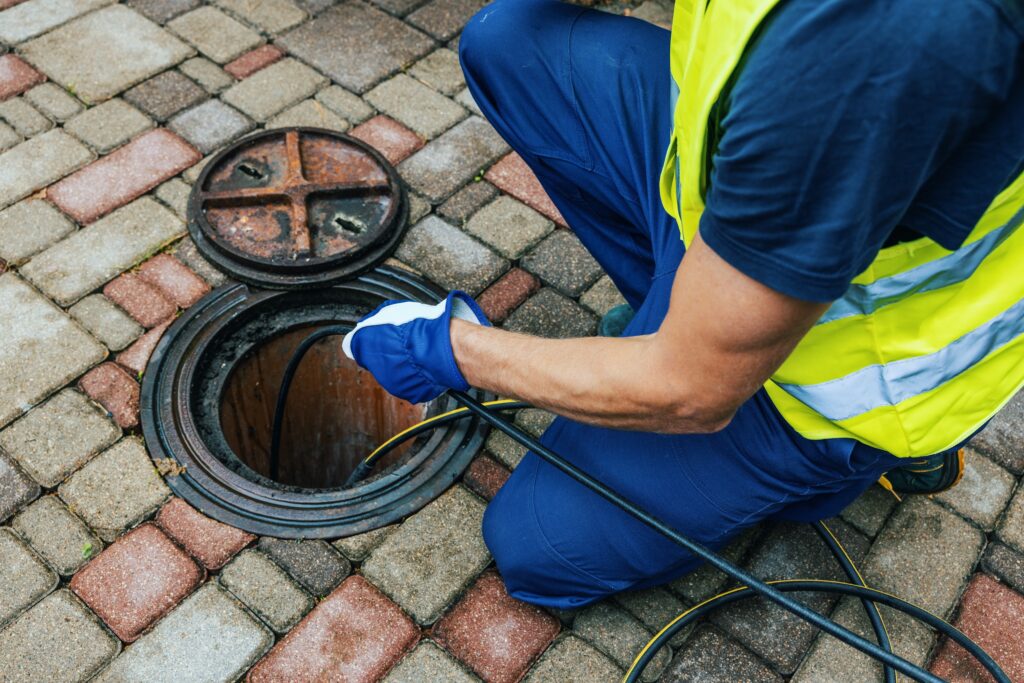The risks of carbon monoxide have been well documented for years, and everyone in Harpers Ferry knows how dangerous it can be. It can be fatal at high concentrations, but even in low levels it can be poisonous enough to make you sick.
What you may not know is that there are many sources of carbon monoxide, also known as CO. This poisonous gas is formed by any incomplete combustion process. Since combustion is not 100% efficient, that means carbon monoxide is released any time something burns.
To be more specific, here are some examples of carbon monoxide sources you might encounter around your house:
- A furnace or chimney can leak exhaust gases, including CO, into the home if it has been improperly sealed or vented. For example, if the chimney has a small crack in the flue that goes unnoticed, CO from the fireplace can be vented back into the house.
- A furnace supplied by an under-sized gas line will often burn the gas at a sub-optimum temperature. The result is incomplete combustion of the gas, which means a source of CO.
- Old, dilapidated or poorly maintained heating systems are a big culprit. Often the seals or fittings are loose on these units, causing CO to leak out of them and into your house. Or they may not burn fuel as efficiently as they used to, so carbon monoxide is more readily released.
- Using machinery, like a propane generator or a gas-powered saw, in a poorly vented garage can be very dangerous. Sometimes people don’t think about this one because the garage is large enough that it seems to be ventilated better than it is.
- There’s a reason that barbeque grills are labeled for outdoor use only: they release a lot of carbon monoxide. Both charcoal and propane grills should only be used outdoors, and you should avoid the smoke from charcoal in particular as much as possible.
- Smoking tobacco releases carbon monoxide into the air, along with other potentially dangerous gases.
There are plenty of other sources, as well, but those are some common ones. To protect yourself and your family, make sure any areas where combustion occurs are well-ventilated, keep your HVAC equipment well-maintained and in good repair and invest in a home CO detector. They are inexpensive, and many are combined with a smoke detector, so you only need to buy one unit.






